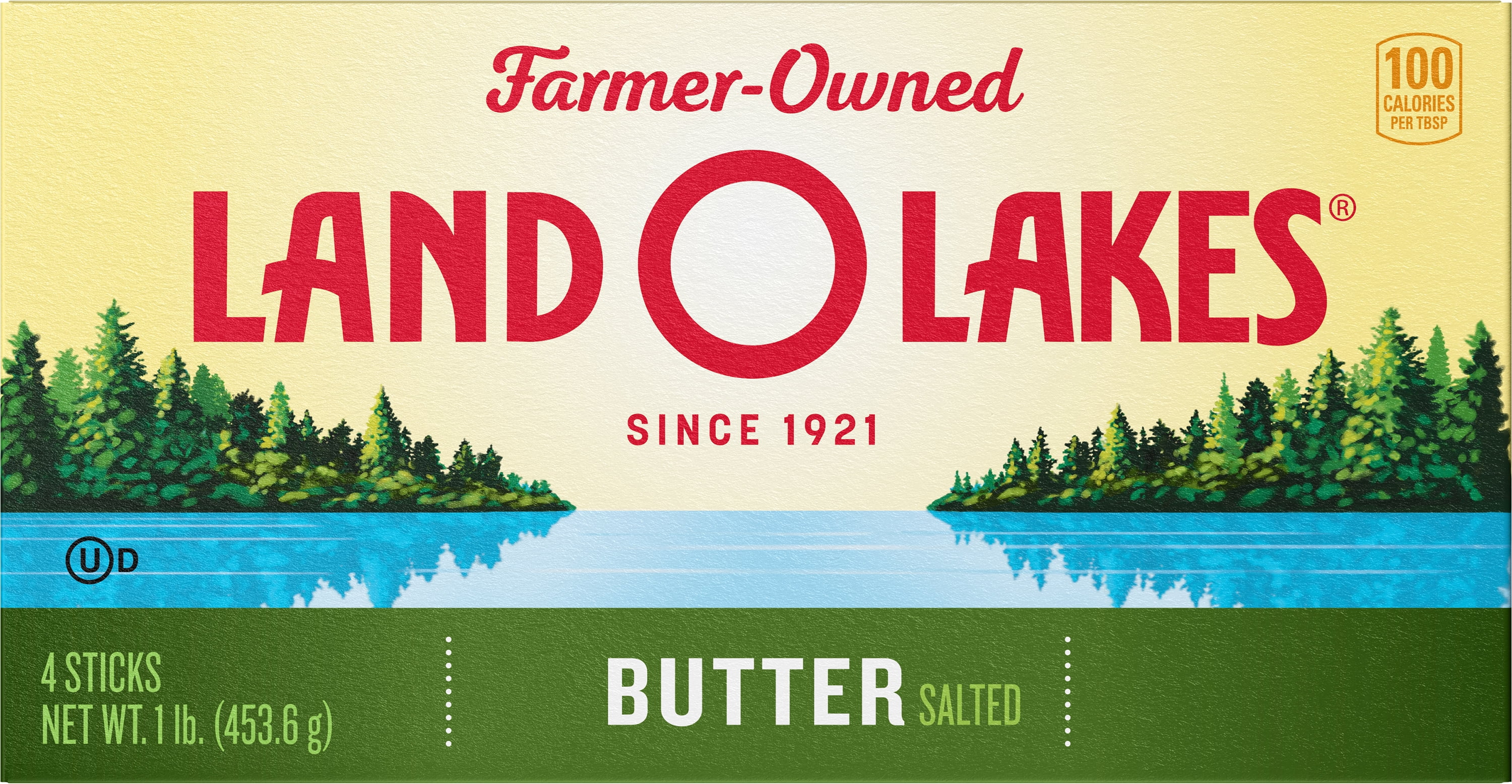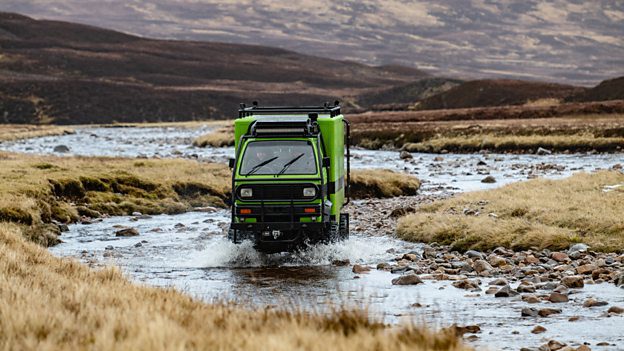
The ice machine was moldy with both pink and black growth at the chute.Įquipment was heavily greasy and dirty with old food, the floor drain was filthy and there was standing water and old food on the floor.įood was mislabeled to extend its shelf-life including spam, ham, and ribeye.ĭue to consecutive C downgrades during routine inspections, Cinnamon’s was required to have intervention training with the health district.Īs of Wednesday, it has not been re-inspected and still has a C grade.Ī message left for the manager was not immediately returned.Īrt Café on Nellis and Bonanza boulevards was shut down for an imminent health hazard on Aug. Utensils were stored in standing, lukewarm water and the cutting board was stained and grooved to the point where it was no longer sanitary. There were dangling grease and dust hanging over food being cooked on the griddle, making it subject to contamination.


More food that had been left out at room temperature also had to be tossed, including cream cheese-based toppings, fried onions, and hollandaise sauce. The cut pork belly had to be thrown out due to improper cooling. All of it had to be thrown out.įood handlers were not properly washing their hands. They were holding food in the temperature danger zone for more than four hours, including buttermilk-based batters, eggs, bacon, ham, cut tomatoes, and cheese. The highest demerits went to Cinnamon’s restaurant on Washington Boulevard and Buffalo Drives. This week, there were seven places operating on the wrong side of the health code, including two imminent health hazard closures at major hotel-casinos on the Strip. Using a ruler, measure the different layers (the clay layer may be difficult to see, and very small).LAS VEGAS (KTNV) - Seven is supposed to be a lucky number in Las Vegas, but not when it comes to Dirty Dining. The silt above it still has a bit of texture, and the clay on top will appear very dense. On the bottom - where particles can clearly be seen - it is sand. Use the differences in structure and colour to differentiate the sedimented layers You may also see organic matter floating on the surface of the water. Clay particles take a long time to settle in water due to their small size, so they will settle last. Afterwards, silt-sized particles – if present – will accumulate on top of the sand. The sand settles first, forming a layer on the bottom of the jar. You will see different layers appearing because the different sizes of the grains settle at different speeds. Screw on the lid and shake well, and then let it stand for 24 to 48 hours.
#Dirty land dirty stick plus
Then add clean water to about two-thirds of the jar, plus a teaspoon of dishwashing liquid or dishwasher powder. Take a clean jam or mason jar and fill it to one-third with your soil Now you can separate the blocks and crumbs from large to small, with a little patience.Īn example of a mason jar soil test.Drop the block of soil three times (and remember, drop, don’t throw!), and gently crumble the biggest remaining blocks of soil, but only as much as they crumble without much force.Then drop the block of soil onto a hard board in a plastic tub from 1 meter height, which is approximately from your navel – or your parent’s navel if you are still growing.Dig out a 20 cm cube of soil with a spade.You can use a fun test to look at soil structure: The opposite would be a very crumbly, light cake with a lot of air bubbles, and it is hard to even stick your fork into it because it crumbles away.Ī good soil structure sits in the middle: there are air bubbles ("pore space"), but the soil also sticks together in blocks ("peds") of various sizes when you squeeze it with your fingers. There are no air bubbles, and as you bite into it you need to chew hard.

Imagine a chocolate cake that is very dense. Structure refers to how the soil is holding itself together. Like a good chocolate cake, a good soil needs the right structure, texture and colour.


 0 kommentar(er)
0 kommentar(er)
